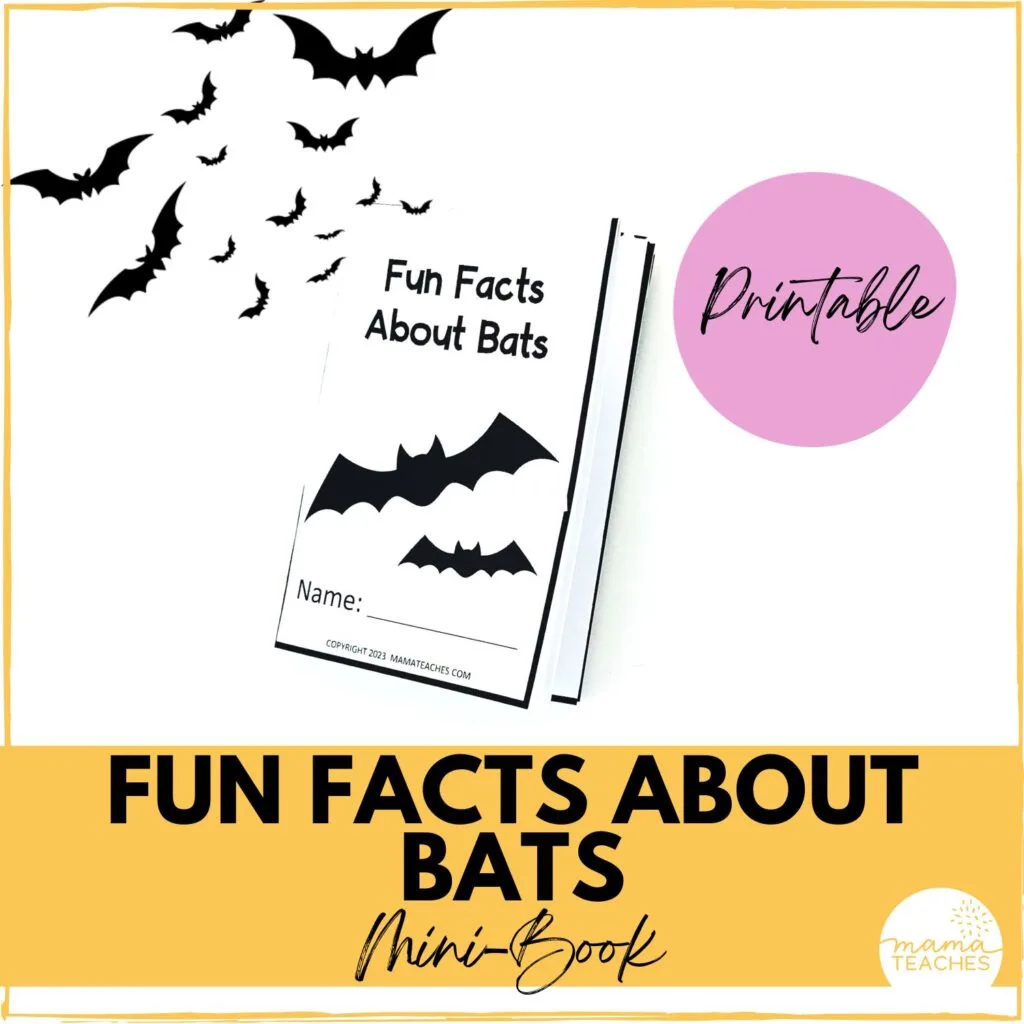It’s a bird! It’s a plane! No, it’s a bat! Read all about these flying mammals in these fun facts about bats.
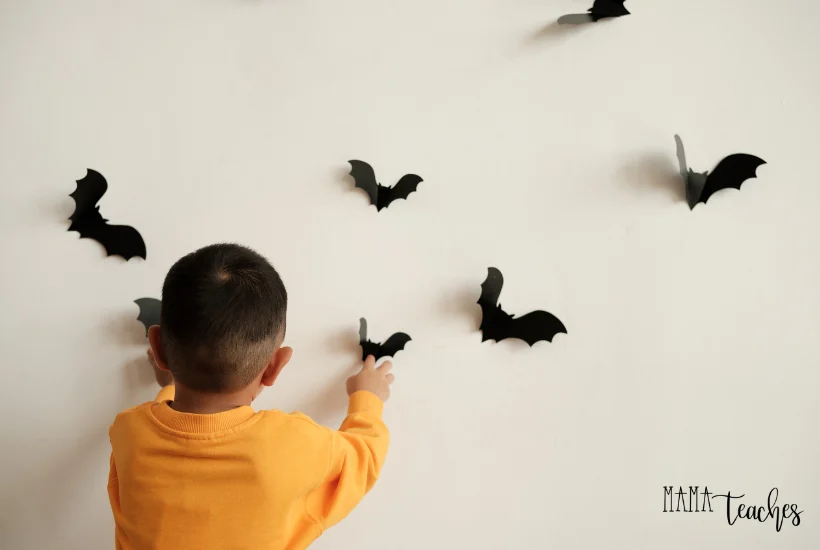
8 Amazing Facts About Bats
Most people are afraid of bats.
But these creatures are extremely helpful and really not scary at all.
Delve into the world of these incredible flying animals with these fun facts about bats.
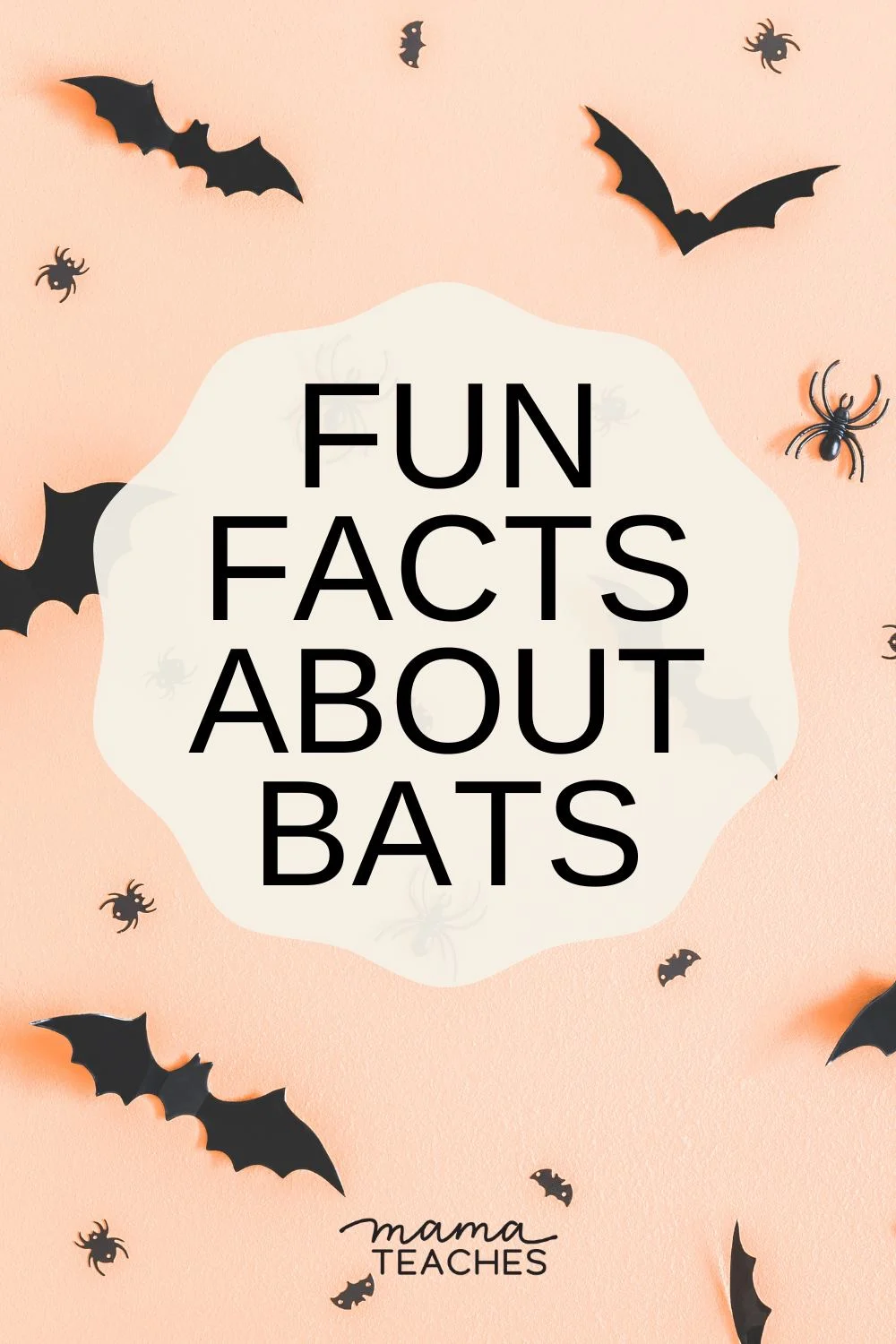
This article contains affiliate links to things that you might like.
Bats are the only flying mammals, but there are many varieties.
Bats are unique in that they are the only mammals who can fly.
Like other mammals, they have fur and nurse their young.
Although both birds and bats have wings, bats use their wings in quite a different manner.
Most birds glide through the air on their wings.
Bats, on the other hand, use their wings to pull through the air, much like we use our arms to pull through the water when we swim.
Bats may be unusual mammals, but there are many varieties of bats: over 1400 species worldwide!
The Bumblebee Bat is the world’s smallest mammal.
The Bumblebee Bat, also known as Kitti’s Hog-Nosed Bat, weighs less than one penny.
It is native to Thailand and, unfortunately, is a near-threatened species, which means its numbers are low.
It lives in limestone caves in the forest and feeds on insects.
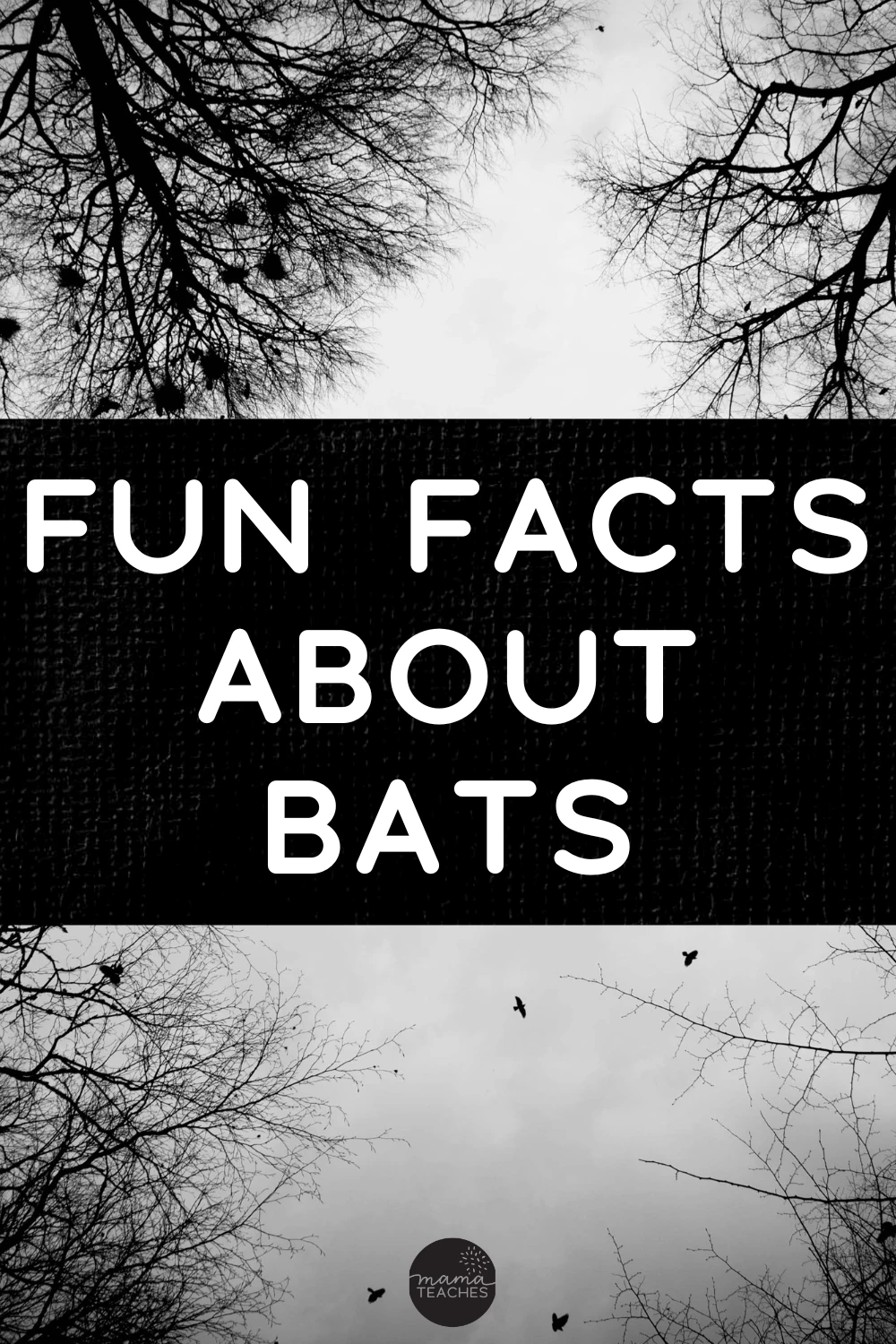
Bats can put away mosquitoes.
Are you annoyed by mosquitoes? Then get ready to fall in love with bats.
A single bat can eat up to 1200 mosquitoes an hour.
Bats are nocturnal, so they head out at dusk during mosquitoes’ prime time.
Over the course of one night, a bat eats 6,000-8,000 mosquitoes!
Bonus fun fact: Mosquitoes aren’t a bat’s favorite food. They prefer moths and beetles.
There are no bananas without bats.
Bats are vital pollinators who are responsible for visiting the flowers of many plants you love.
Bananas, vanilla, avocadoes, dates, guavas, and mangoes all depend on bats for pollination.
There are over 300 fruits that rely on bats for pollination!
Fruit bats also help make more chocolate candy (in a really gross way).
They eat the fruit of the cacao plant (where chocolate comes from) and then poop out the seeds, spreading the cacao seeds to new growth areas.
There is more chocolate in the world because of bats!
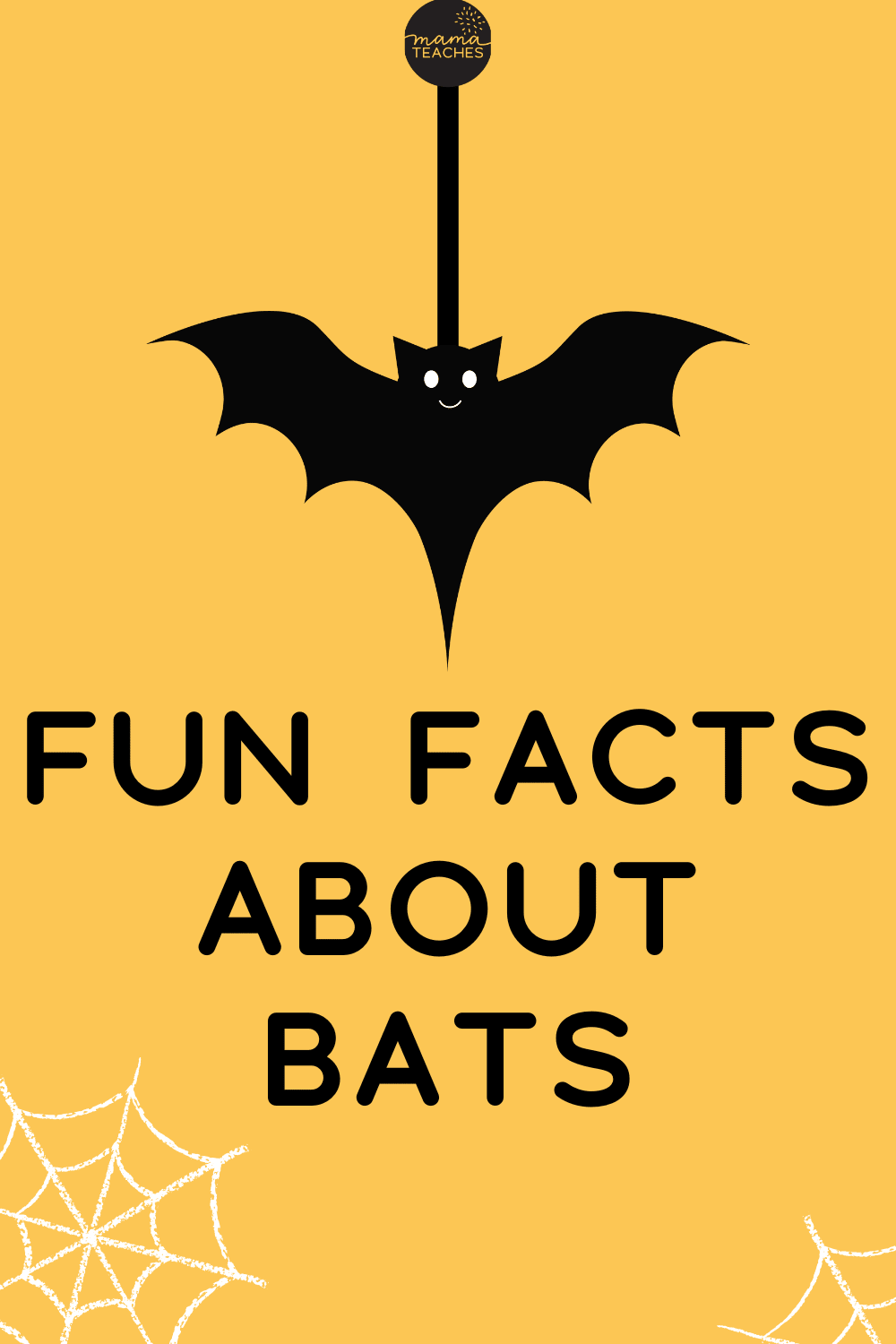
Bats are Not Blind
Have you heard the saying, “I’m blind as a bat”? Don’t repeat it! Bats aren’t blind.
Bats have excellent eyesight, but they also use their incredible sense of hearing to “see” in another way.
They emit a series of high-pitched chirps as they fly.
The sound bounces off nearby objects and the echo is picked up by the bat’s sensitive ears.
In much the same way as your brain interprets images from the light that enters your eye, a bat’s brain interprets the sounds picked up by its ears.
It can sense the size, location, and even the texture of the object from the echoed sounds.
This is called echolocation.
A bat can detect objects the width of a human hair through echolocation!
Bats are Afraid of You
Although books and movies portray bats as spooky creatures, bats are actually afraid of humans.
Think about it! Humans are so much bigger than a bat.
A bat will go out of its way to avoid humans.
The world’s most intimidating bat, the vampire bat, does not suck blood like Dracula.
It makes a small incision on the skin of a mammal or bird and laps up the blood that spills out.
Vampire bats live in Central and South America.
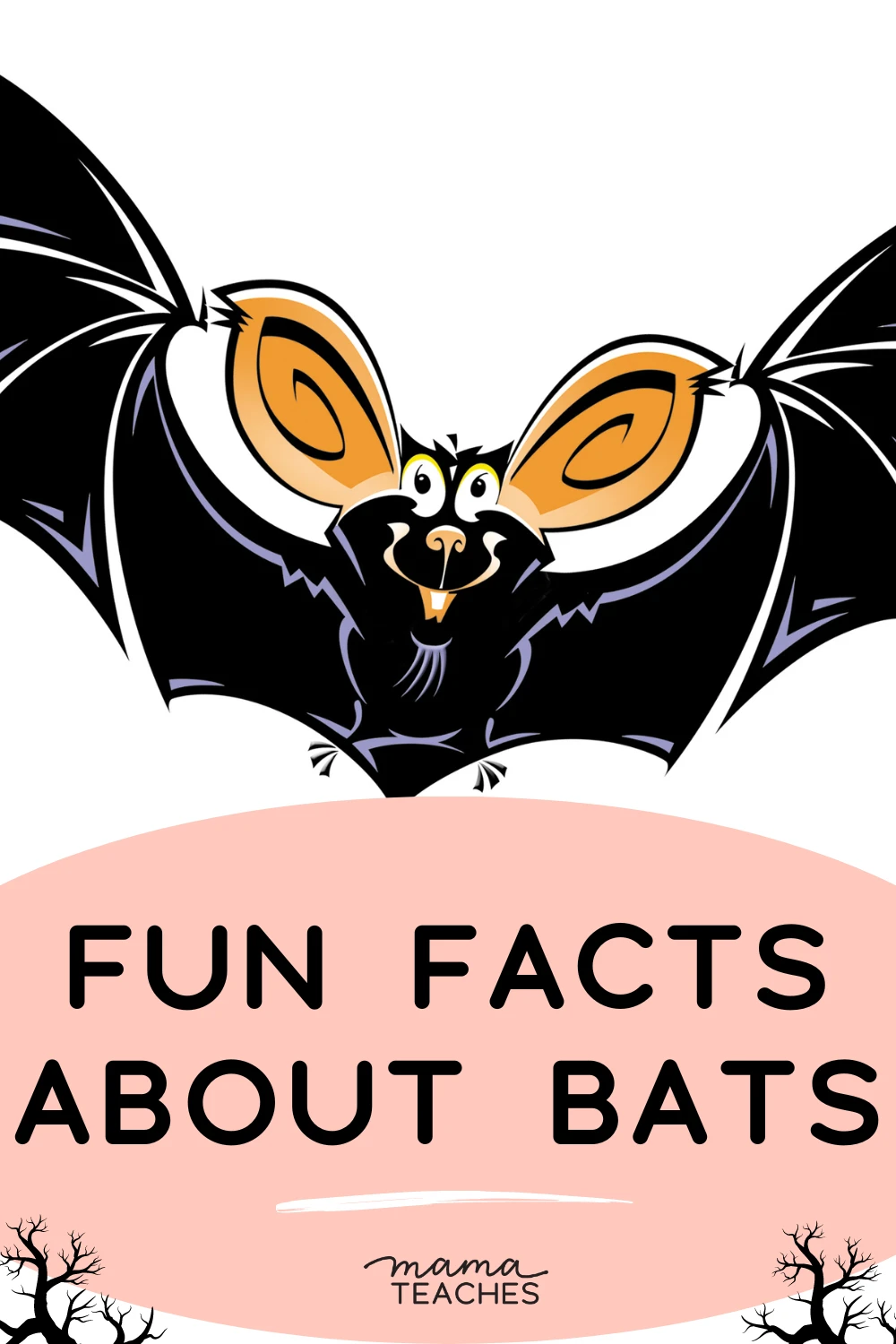
You’ll Find the Biggest Bat Family in Texas
Bats are social creatures that live together in colonies.
The largest known colony is located in Bracken Cave in Texas.
How many bats live in the cave? Around 20 million!
Bats Live for Years
Most small mammals don’t live very long lives.
But bats live a surprisingly long life for creatures of their size.
Bats can live up to 30 years old. The oldest known bat was 41.
Bats have one baby a year, and just like us, their babies have belly buttons!

Read More About Bats with These Bat Books
Bats are truly fascinating animals, and they play a vital role in the ecosystem.
Are you curious to learn more? Check out these books on bats.
National Geographic Readers: Bats
This independent reader for kids ages 5-7 is a Level 2 reader.
It contains details, facts, and amazing pictures of bats.
All Things Bats for Kids
This book for elementary students is filled with photos and fun facts.
It has details on the life cycle, history, diet, and characteristics of bats.
Bats: An Illustrated Guide to All Species
This lush book of photographs is published by the Smithsonian.
It catalogs many of the wide variety of species of bats and includes a lively narrative.
Best for middle grades to adults.
Expand Learning About Bats with a Bat Mini-Book
Fun facts mini-books are just about our most favorite thing ever. They’re adorable cute and make learning fun facts easy and engaging.
Make learning more about bats take flight with the Fun Facts About Bats Mini Book!
